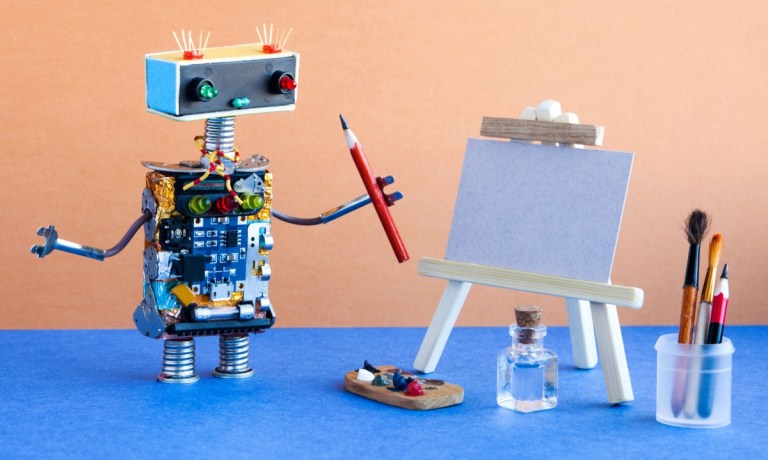AI Sparks a Creative Revolution in Business, With an Unexpected Twist

In the race to harness artificial intelligence (AI), businesses are discovering an unexpected wrinkle: AI that sparks individual brilliance may be flattening the creative landscape. As companies from tech startups to Madison Avenue ad agencies embrace these digital muses, they’re grappling with a paradox that could reshape innovation — and their bottom lines.
A recent U.K. study on AI-assisted short story writing has thrown a wrench into the notion that machines will simply replace human ingenuity. The research, conducted by a team at the University of Cambridge, found that while AI can serve as a powerful muse for individual creators, its widespread adoption may paradoxically lead to a decline in overall creative output. This surprising finding has executives and creatives alike questioning whether the rush to embrace AI could inadvertently be programming businesses into a creative corner.
“What distinguishes today’s AI, particularly generative AI, is its dual role in not only boosting efficiency but also fostering creativity,” Sarah Hoffman, AI evangelist at AlphaSense, told PYMNTS. “This duality is at the heart of the creative conundrum facing industries from advertising to product design.”
Experts say AI’s role as a creativity catalyst is reshaping workflows and profit margins across industries. From advertising firms churning out campaigns at breakneck speeds to product designers iterating prototypes in days instead of months, the technology is compressing timelines and expanding possibilities. This AI-powered efficiency is allowing businesses to respond more nimbly to market trends, potentially translating into faster time-to-market and increased revenues.
Double-Edged Sword
The study of 300 aspiring authors reveals AI’s double-edged impact on creativity. When tasked with crafting micro-stories for young adults, AI assistance significantly boosted the less creative writers’ output — making their work up to 26.6% better written and 15.2% less boring. The digital muse, however, left the more naturally creative wordsmiths’ talents largely untouched.
But here’s the plot twist: AI might enhance personal creativity but could dull the collective creative edge. Researchers found AI-assisted stories shared more similarities, potentially leading to a sea of sameness in the creative landscape. As businesses embrace this digital inspiration, they face a new challenge: harnessing AI’s power to elevate individual performance without sacrificing the diverse, innovative thinking that drives industries forward.
The paradox is evident in the world of visual art. “AI allows you to iterate very quickly and test many ideas in a short period of time, which should potentially expand our creative horizons,” Sergei Belousov, lead AI/ML research engineer at ARTA, an AI image generator, told PYMNTS. Yet he cautions, “If everyone uses the same AI tools, you can ultimately experience a decline in creativity and individuality because creative pieces will depend on the characteristics of AI you utilize.”
This homogenization effect is already being observed. “AI is already impacting creative industries, and while it is saving time and money for brands, the output tends to be homogeneous,” Sabrina H. Williams, data and communication program director at the University of South Carolina, told PYMNTS. She points to the advertising industry, where AI-generated campaigns risk blending into a sea of algorithmic sameness.
Navigating AI Creative Landscape
To navigate this new terrain, experts suggest a human-first approach. Williams recommends “brainstorming away from digital tools, then using AI” as a secondary step. This strategy aligns with Hoffman’s view that AI can be an effective “brainstorming partner” that complements human creativity, especially given that current AI tools “still hallucinate and can’t be completely trusted.”
A more tailored approach to AI implementation could also be key. “Invest in tailoring the AI tools to your business specifics and objectives,” advised Belousov. “A company’s internal data is its competitive advantage. It should fuel the training of your in-house AI in order to adapt it to the specifics of your business and optimize the outcomes.”
As the creative landscape evolves, a balanced skill set becomes crucial. “Businesses need to ensure their employees have hard skills, of course, but also offer training in creative thinking and problem-solving,” Williams said. This approach may be vital in industries like product design, where the human touch can differentiate a product in an increasingly AI-influenced market.
For all PYMNTS AI coverage, subscribe to the daily AI Newsletter.